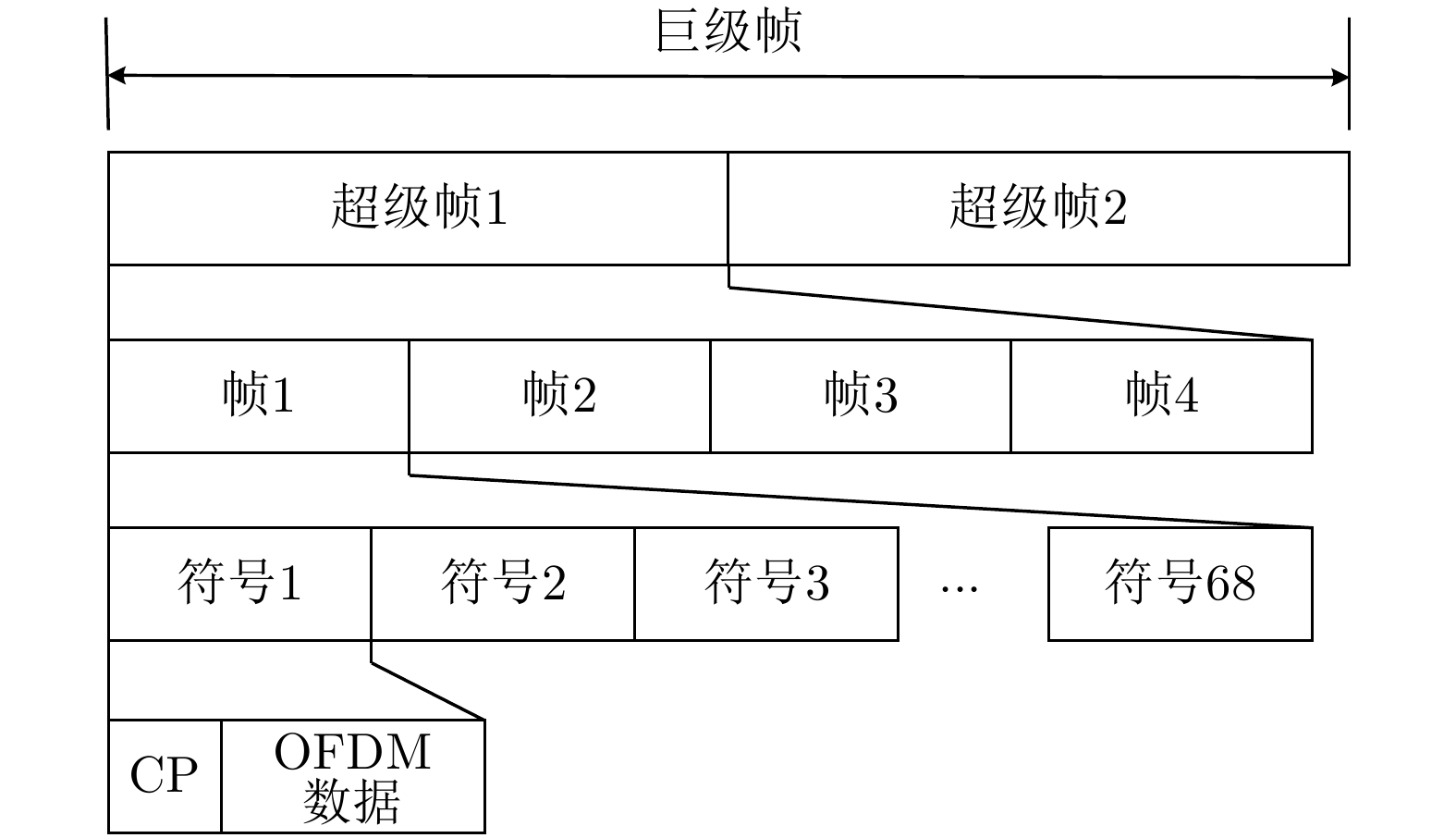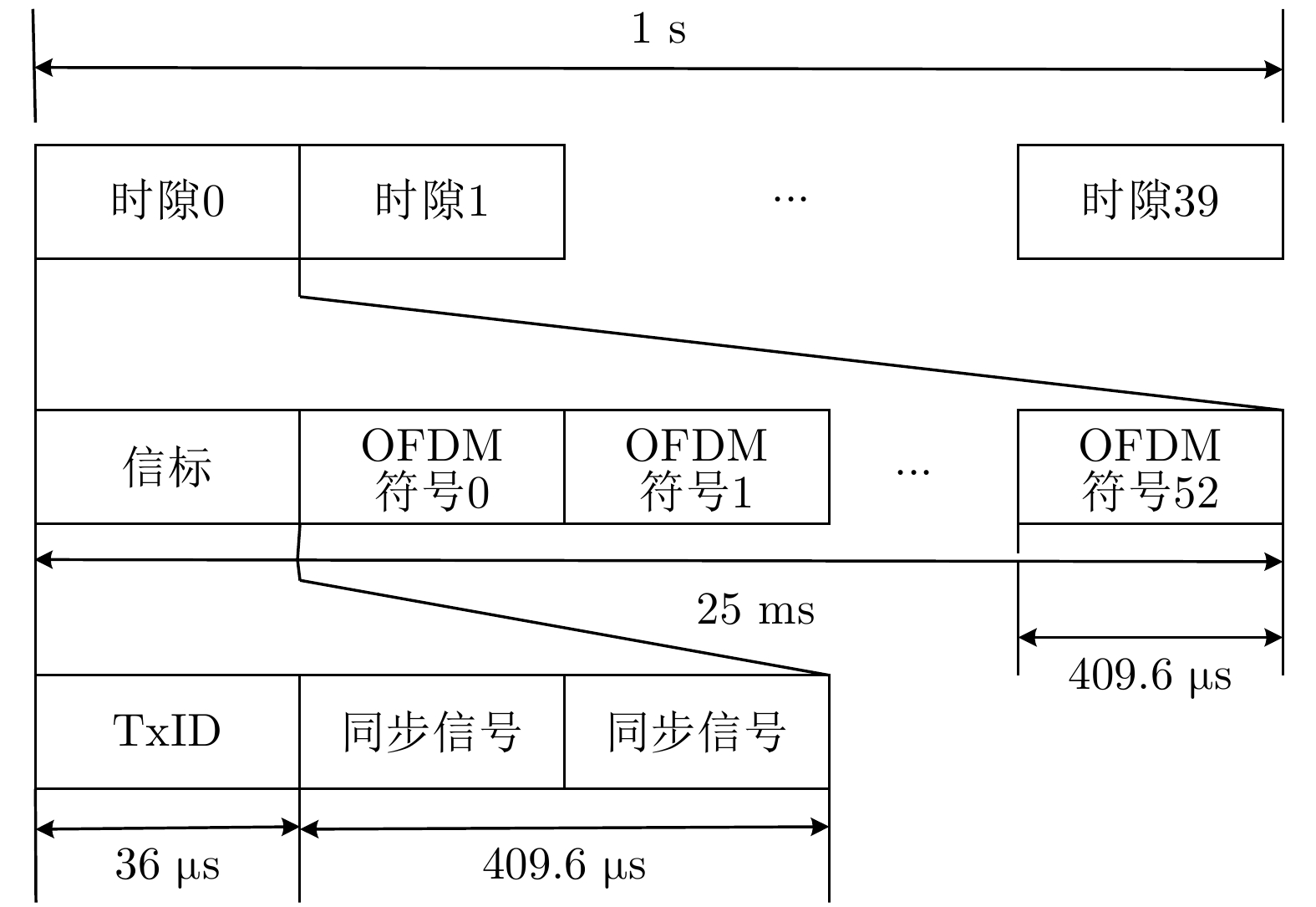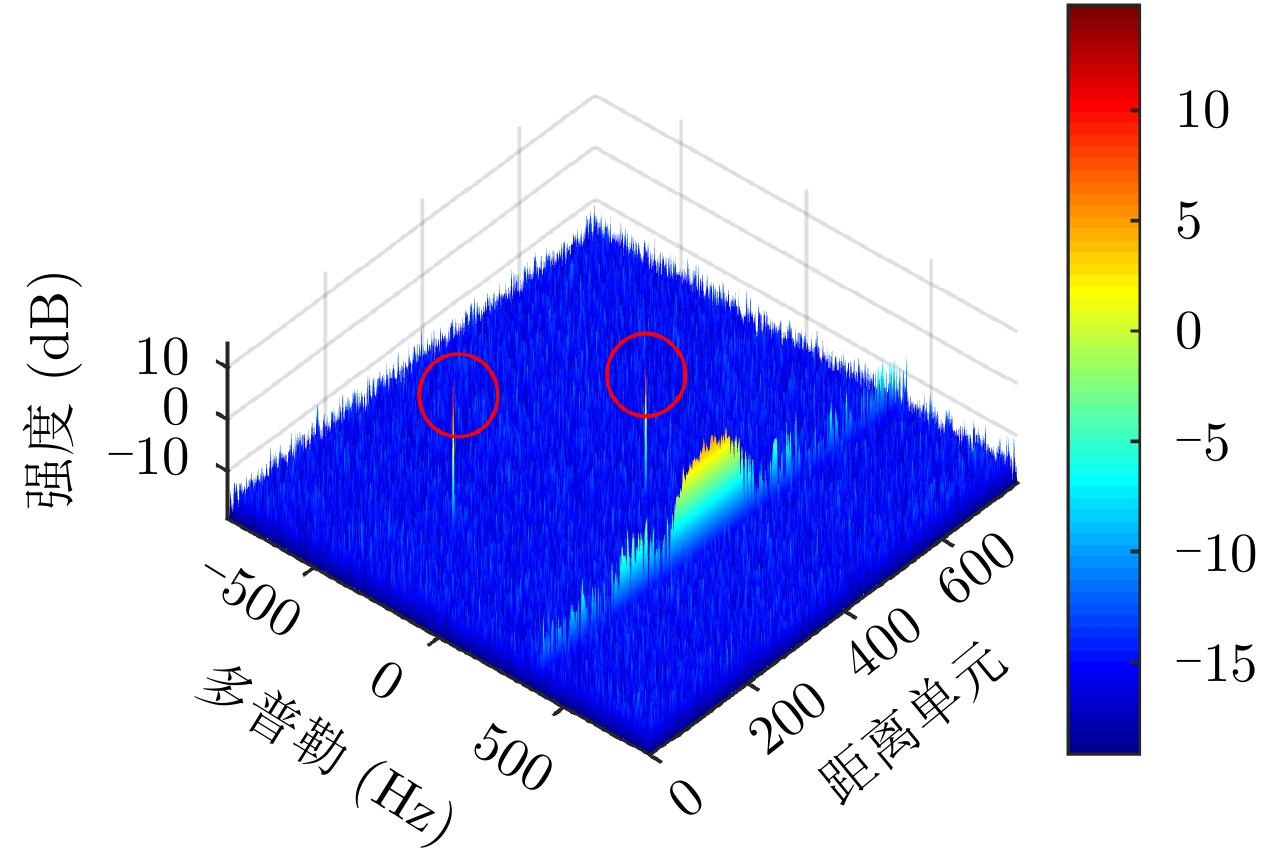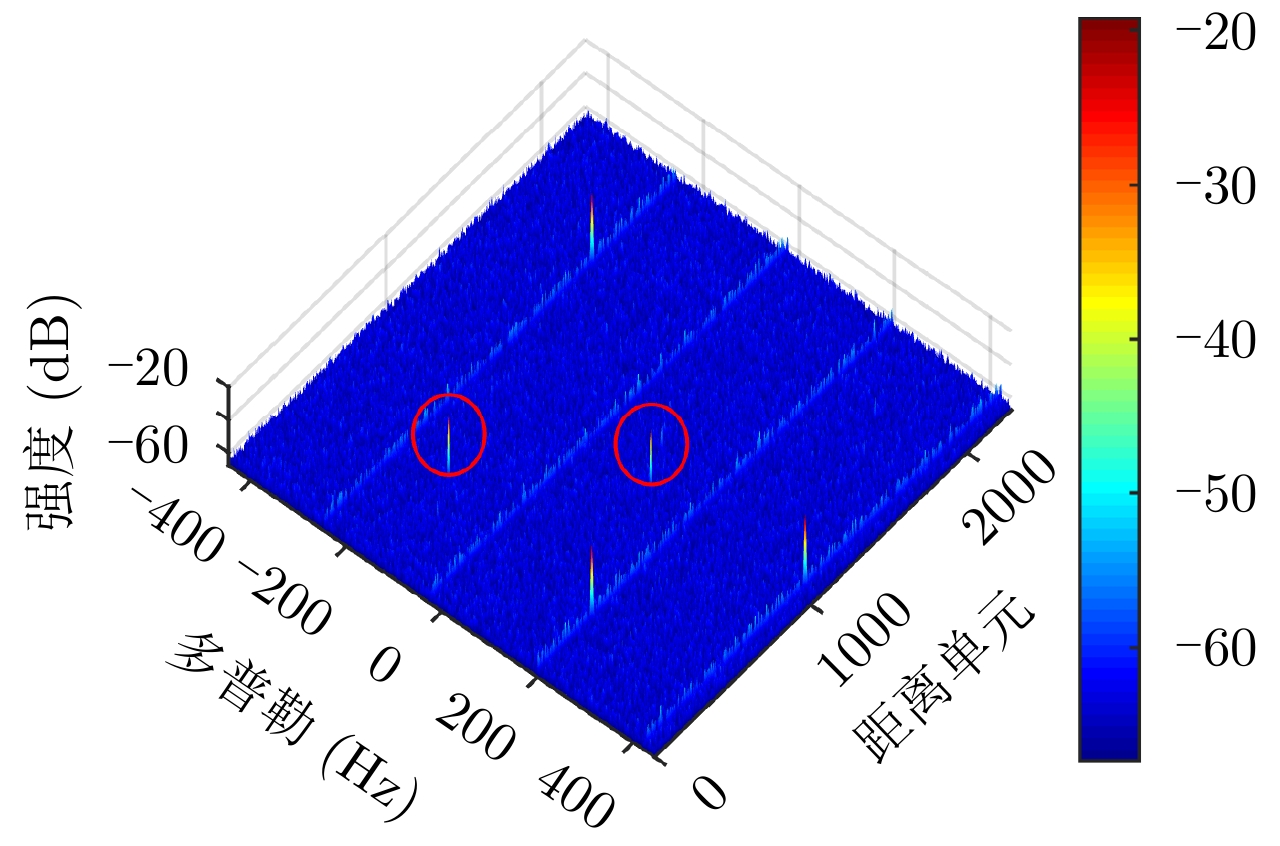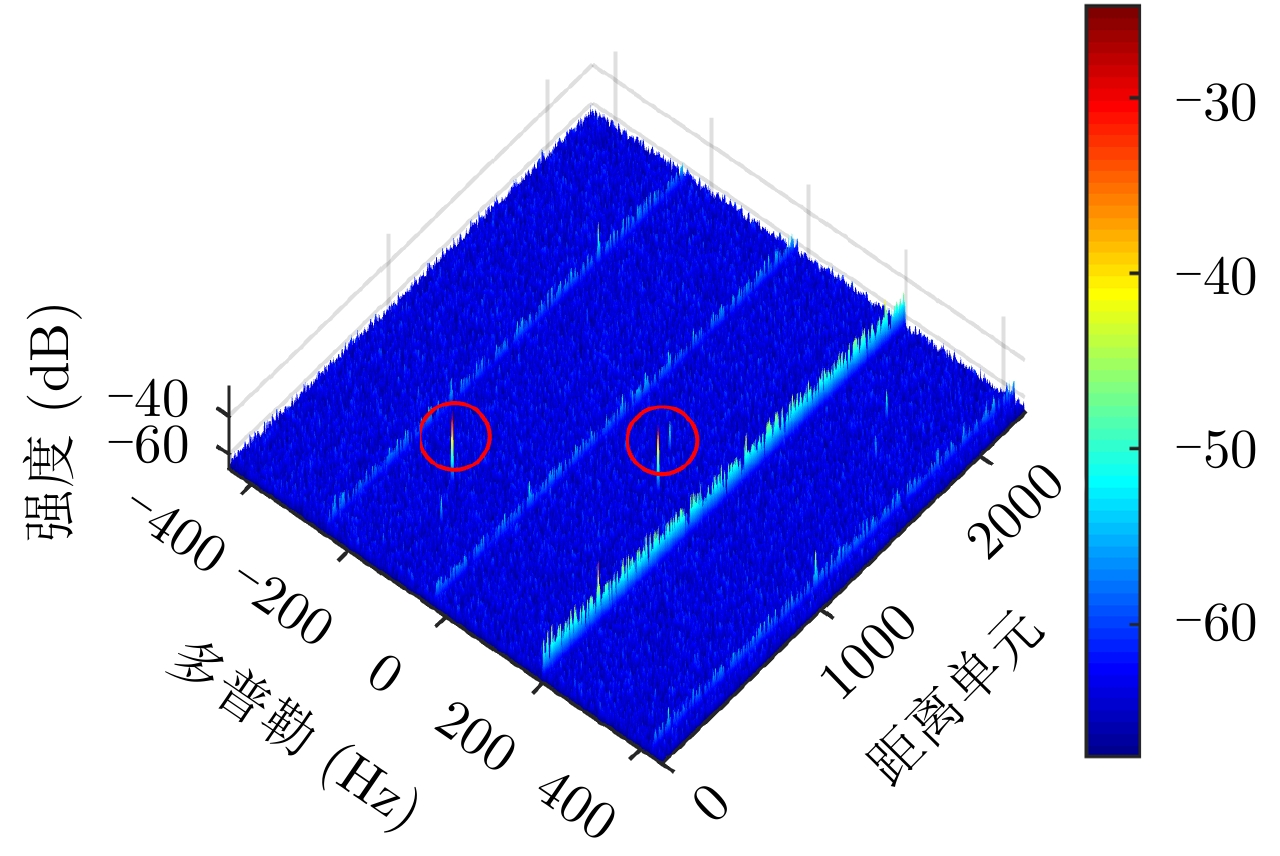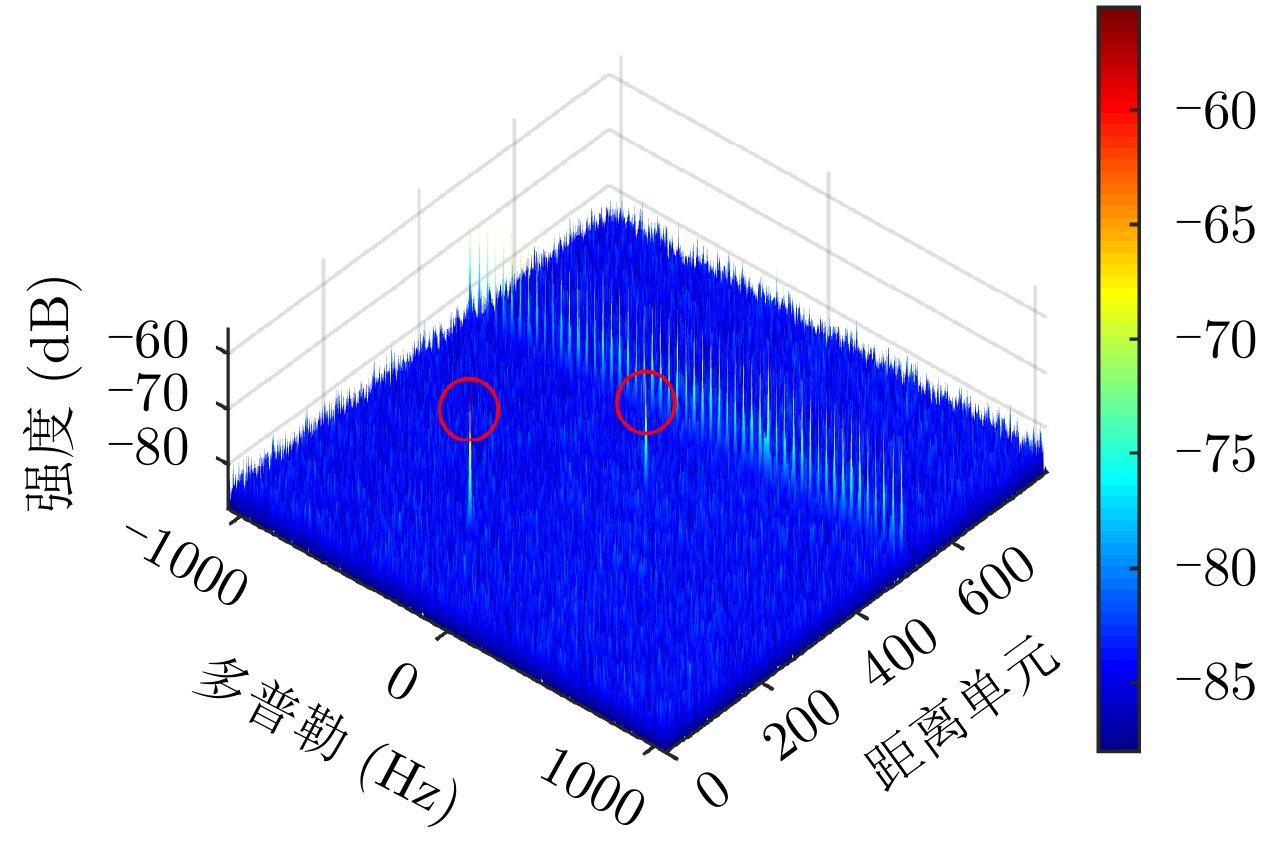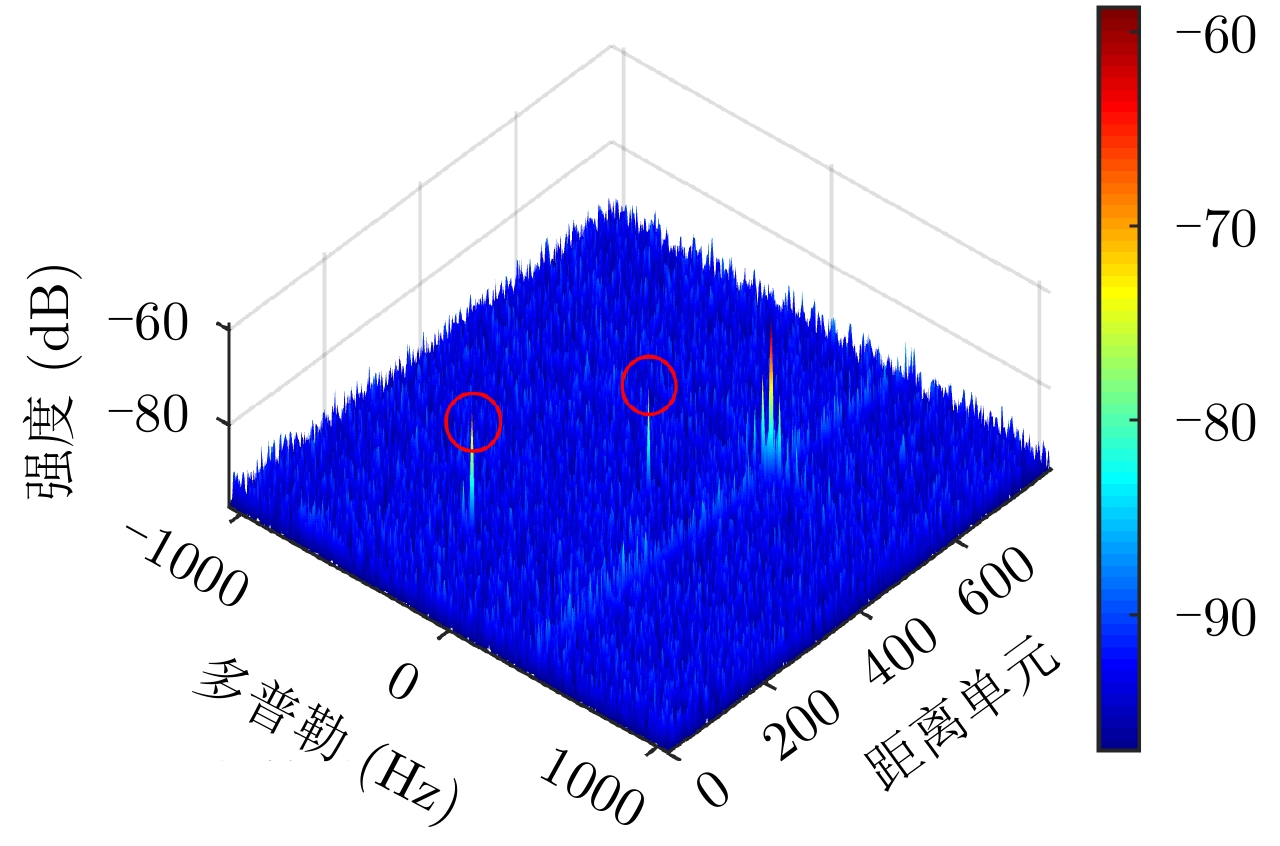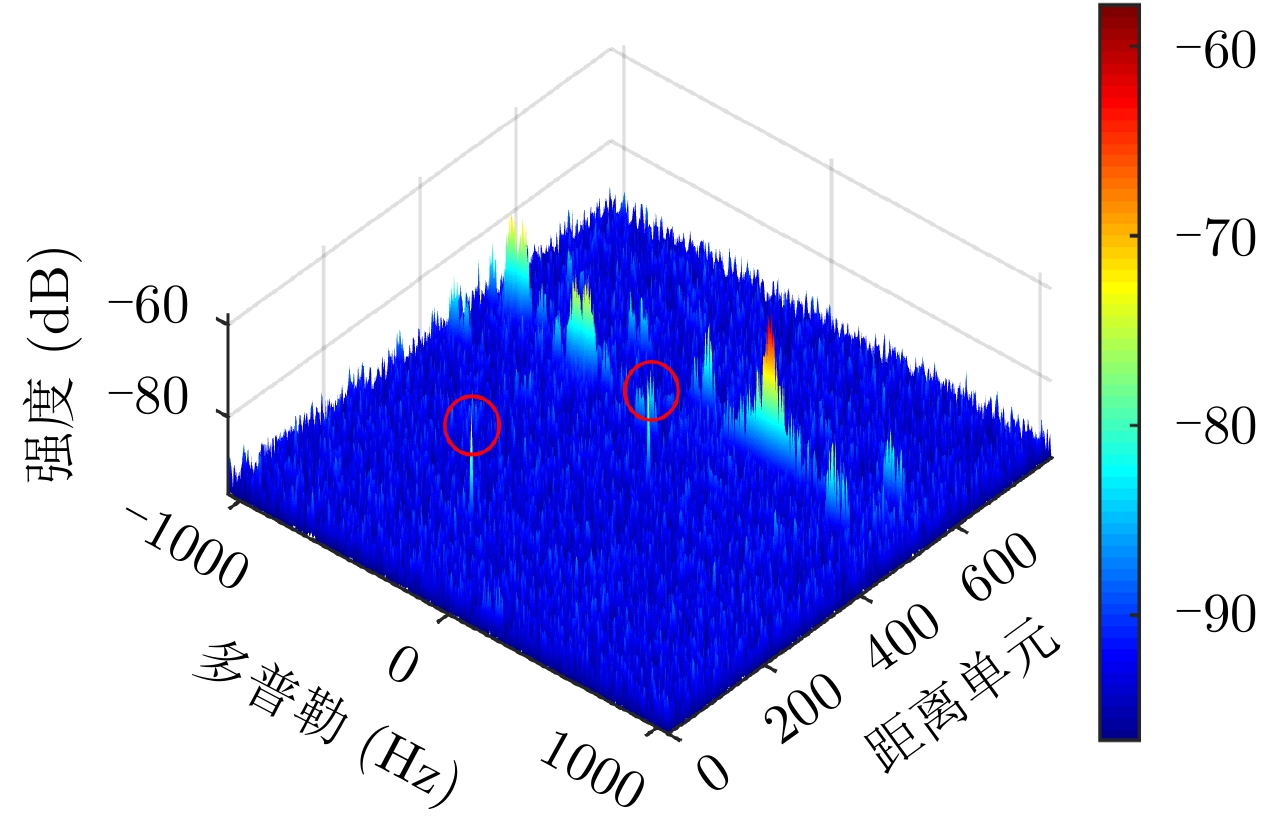| [1] |
WANG Shafei, BAO Yanfei, and LI Yan. The architecture and technology of cognitive electronic warfare[J]. Scientia Sinica Informationis, 2018, 48(12): 1603–1613. doi: 10.1360/N112018-00153 |
| [2] |
HE Mengliang, LI Wen, and LIU Chang. The development prospect and trend of radio electronic counteraction[J]. Electronic Information Warfare Technology, 2019, 34(6): 48–51, 84. doi: 10.3969/j.issn.1674-2230.2019.06.011 |
| [3] |
CHEN Wenkui and TAO Jianyi. Summary of new system radar and their countermeasure techniques[J]. Shipboard Electronic Countermeasure, 2010, 33(4): 9–14. doi: 10.16426/j.cnki.jcdzdk.2010.04.011 |
| [4] |
万显荣, 易建新, 程丰, 等. 单频网分布式外辐射源雷达技术[J]. 雷达学报, 2014, 3(6): 623–631. doi: 10.12000/JR14156WAN Xianrong, YI Jianxin, CHENG Feng, et al. Single frequency network based distributed passive radar technology[J]. Journal of Radars, 2014, 3(6): 623–631. doi: 10.12000/JR14156 |
| [5] |
WAN Xianrong. An overview on development of passive radar based on the low frequency band digital broadcasting and TV signals[J]. Journal of Radars, 2012, 1(2): 109–123. doi: 10.3724/SP.J.1300.2012.20027 |
| [6] |
GRIFFITHS H D and BAKER C J. An Introduction to Passive Radar[M]. Boston, US: Artech House, 2017.
|
| [7] |
O’HAGAN D W, PAINE S, and SCHÜPBACH C. Overview of electronic attacks against passive radar[C]. 2019 International Applied Computational Electromagnetics Society Symposium, Miami, USA, 2019: 1–2.
|
| [8] |
SCHUPBACH C, O’HAGAN D W, and PAINE S. Electronic attacks on DVB-T-based passive radar systems[C]. 2018 IEEE Radar Conference, Oklahoma City, USA, 2018: 1–6. doi: 10.1109/RADAR.2018.8378595. |
| [9] |
PAINE S, O’HAGAN D W, INGGS M, et al. Evaluating the performance of FM-based PCL radar in the presence of jamming[J]. IEEE Transactions on Aerospace and Electronic Systems, 2019, 55(2): 631–643. doi: 10.1109/TAES.2018.2858158 |
| [10] |
SCHÜPBACH C and BÖNIGER U. Jamming of DAB-based passive radar systems[C]. 2016 European Radar Conference, London, UK, 2016: 1–4.
|
| [11] |
BAI Bowen, LIU Yanming, SONG Lihao, et al. Passive radar jamming: A novel method using time-varying plasma[J]. IEEE Access, 2019, 7: 120082–120088. doi: 10.1109/ACCESS.2019.2935514 |
| [12] |
BAROTT W C and HIMED B. Cochannel interference in ATSC passive radar[C]. 2015 IEEE Radar Conference, Arlington, USA, 2015: 1–6. doi: 10.1109/RADAR.2015.7131190. |
| [13] |
LYU Min, YI Jianxin, WAN Xianrong, et al. Cochannel interference in DTMB-based passive radar[J]. IEEE Transactions on Aerospace and Electronic Systems, 2019, 55(5): 2138–2149. doi: 10.1109/TAES.2018.2882959 |
| [14] |
WOJACZEK P, SUMMERS A, CRISTALLINI D, et al. Results of airborne PCL under CCI conditions using DVB-T illuminators of opportunity[C]. 2018 International Conference on Radar, Brisbane, Australia, 2018: 1–6. doi: 10.1109/RADAR.2018.8557280. |
| [15] |
吕晓德, 张汉良, 刘忠胜, 等. 基于LTE信号的外辐射源雷达同频基站干扰抑制方法研究[J]. 电子与信息学报, 2019, 41(9): 2123–2130. doi: 10.11999/JEIT180904LYU Xiaode, ZHANG Hanliang, LIU Zhongsheng, et al. Research on co-channel base station interference suppression method of passive radar based on LTE signal[J]. Journal of Electronics & Information Technology, 2019, 41(9): 2123–2130. doi: 10.11999/JEIT180904 |
| [16] |
吕晓德, 孙正豪, 刘忠胜, 等. 基于二阶统计量盲源分离算法的无源雷达同频干扰抑制研究[J]. 电子与信息学报, 2020, 42(5): 1288–1296. doi: 10.11999/JEIT190178LYU Xiaode, SUN Zhenghao, LIU Zhongsheng, et al. Research on suppressing co-channel interference of passive radar based on blind source separation using second order statistics[J]. Journal of Electronics & Information Technology, 2020, 42(5): 1288–1296. doi: 10.11999/JEIT190178 |
| [17] |
中华人民共和国国家质量监督检验检疫总局, 中国国家标准化管理委员会. GB 20600-2006 数字电视地面广播传输系统帧结构、信道编码和调制[S]. 北京: 中国标准出版社, 2007.
AQSIQ, Standardization Administration of China. GB 20600-2006 Framing structure, channel coding and modulation for digital television terrestrial broadcasting system[S]. Beijing: Standards Press of China, 2007.
|
| [18] |
ETSI E N. Digital video broadcasting (DVB): Frameing structure, channel coding and modulation for digital terrestrial television[J]. ETSI EN, 2004, 300(744): V1.
|
| [19] |
国家广播电影电视总局. GY/T 220.1-2006 移动多媒体广播 第1部分: 广播信道帧结构、信道编码和调制[S]. 2006.
SARFT. GY/T 220.1-2006 Mobile multimedia broadcasting Part 1: Framing structure channel coding and modulation for broadcasting channel[S]. 2006.
|
| [20] |
国家广播电影电视总局. GY/T 220.2-2006 移动多媒体广播 第2部分: 复用[S]. 2006.
SARFT. GY/T 220.2-2006 Mobile multimedia broadcasting Part 2: Multiplexing[S]. 2006.
|




 Submit Manuscript
Submit Manuscript Peer Review
Peer Review Editor Work
Editor Work





 DownLoad:
DownLoad:
